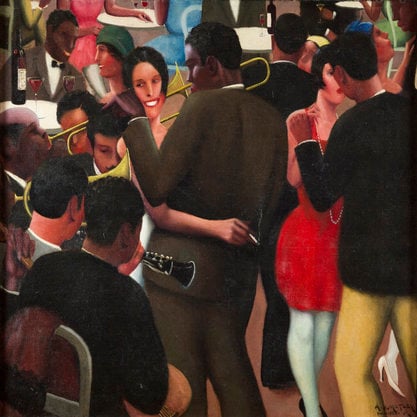Article
Fokine, Michel (1880–1942) By Straus, Rachel
Article
Michel Fokine’s seventeen works for Serge Diaghilev’s Ballets Russes (1909–29) revitalized ballet in the early twentieth century. In Fokine’s most successful works, the body became the wellspring of complex emotion, the corps evoked a democratic ideal, and the male dancer took center stage. Fokine developed from within the conservative traditions of Russia’s Imperial Theatres, but when the young dancer began to choreograph, he emerged as a ballet reformer and innovator. Fokine expanded ballet vocabulary, decried technical virtuosity for its own sake, and merged pure dancing and pantomime to heighten dramatic coherence. He also compressed multi-act ballet productions into one-act works and fashioned movement that developed the work’s theme. Fokine’s ballets owed a debt to symbolism (whose practitioners espoused individuality, liberty, and intuition) and to naturalism, in which Russian painters depicted the everyday (including workers and peasants). While employing a symbolist-naturalist aesthetic, Fokine defined the modern role of a choreographer: one who creates dances instead of one who arranges codified steps, and whose works express a personal rather than institutional identity.



